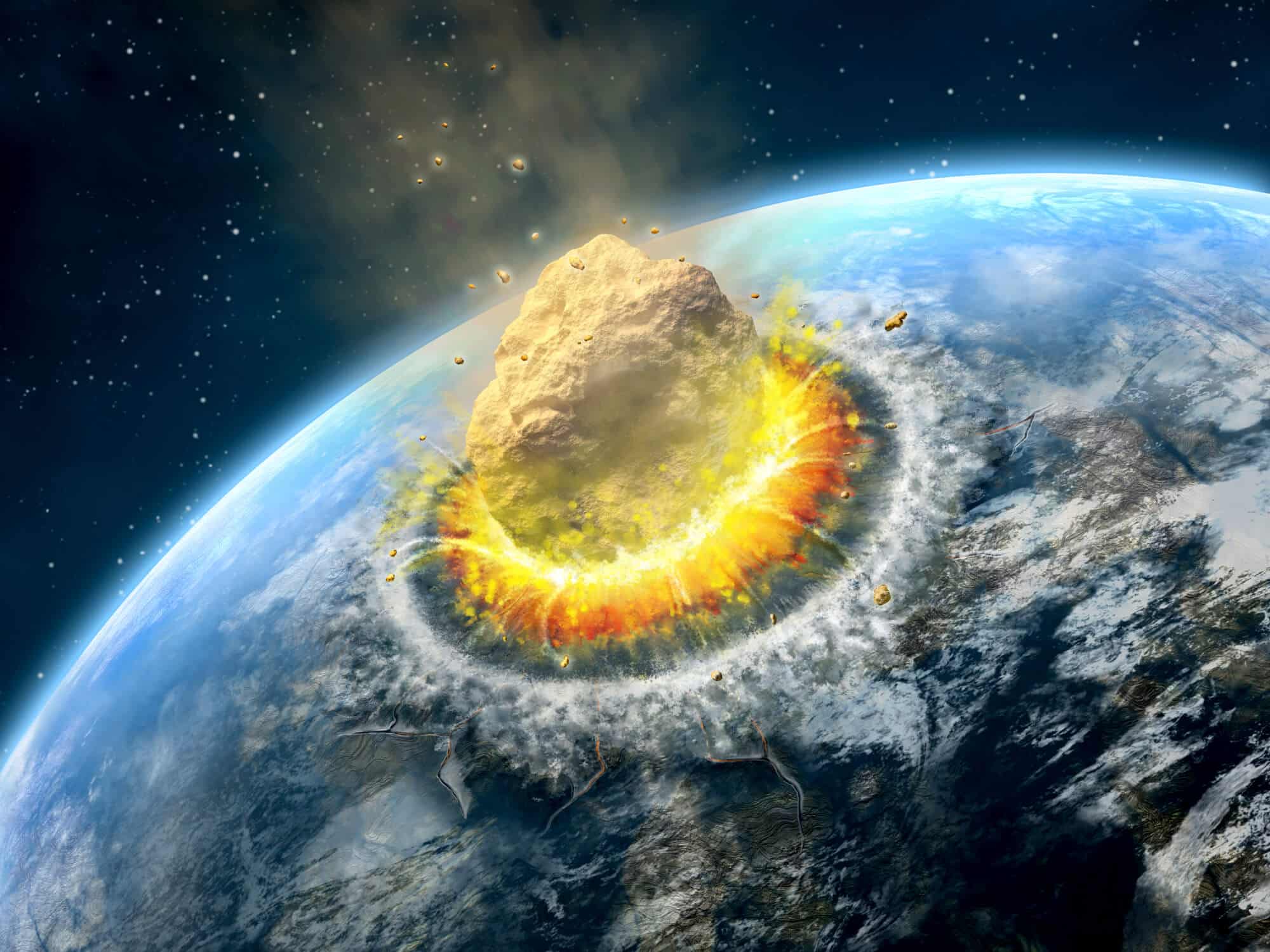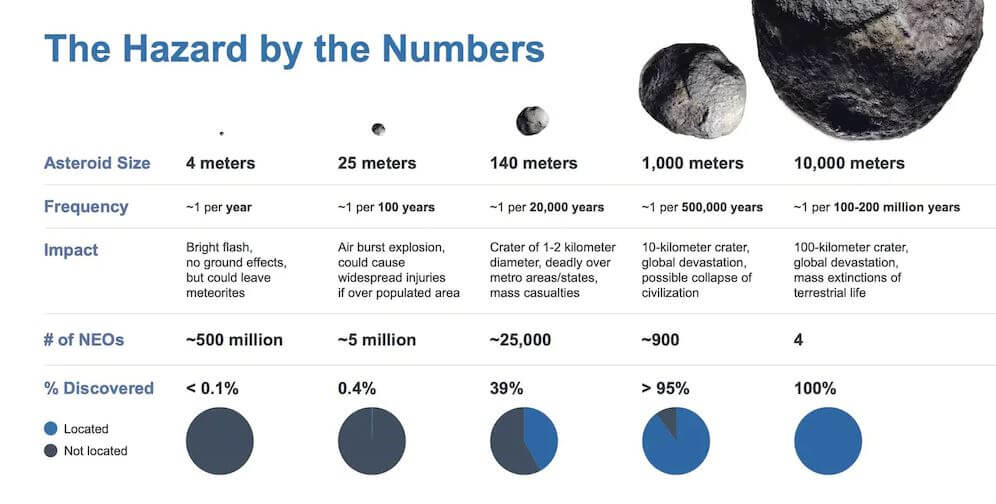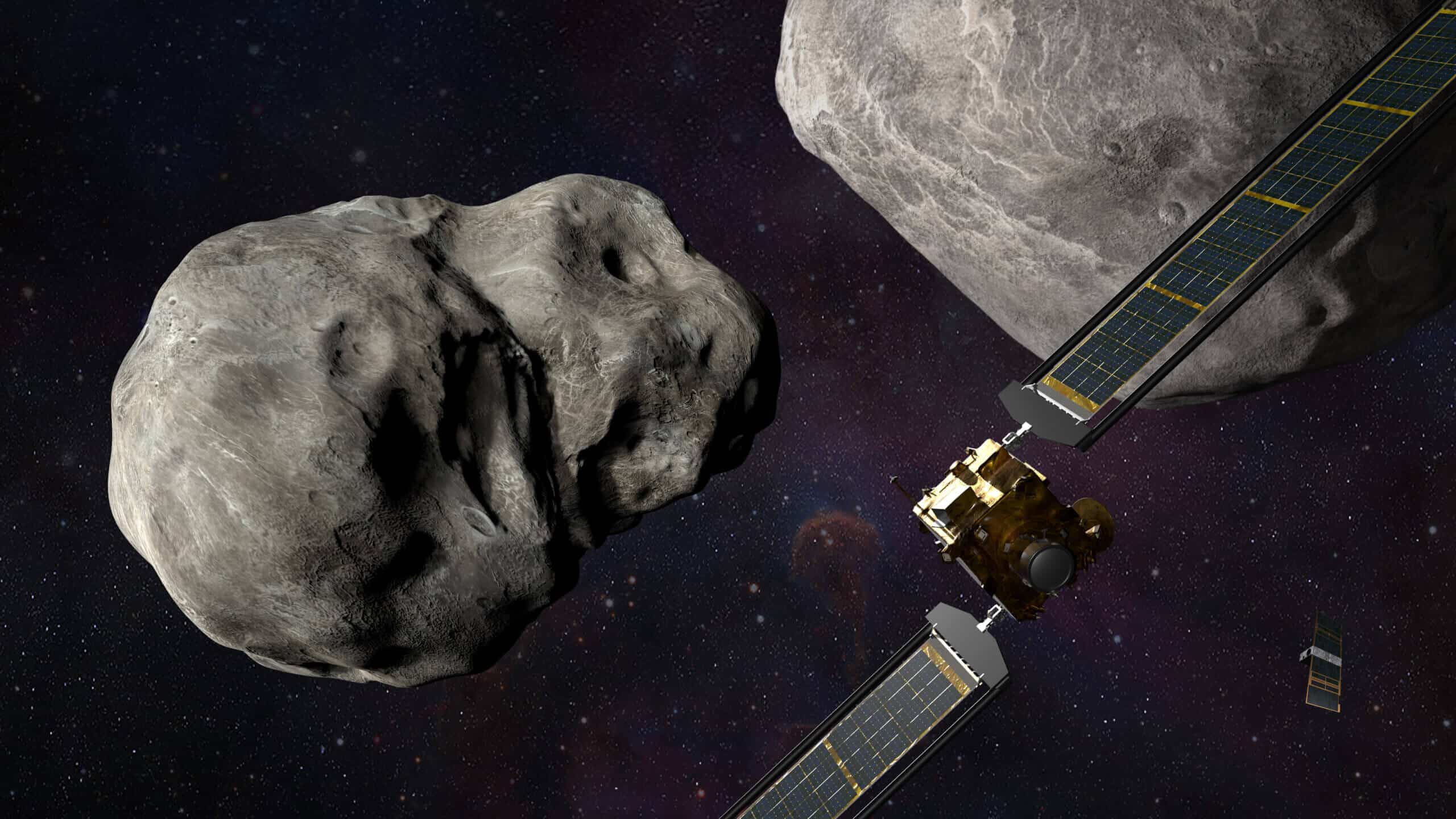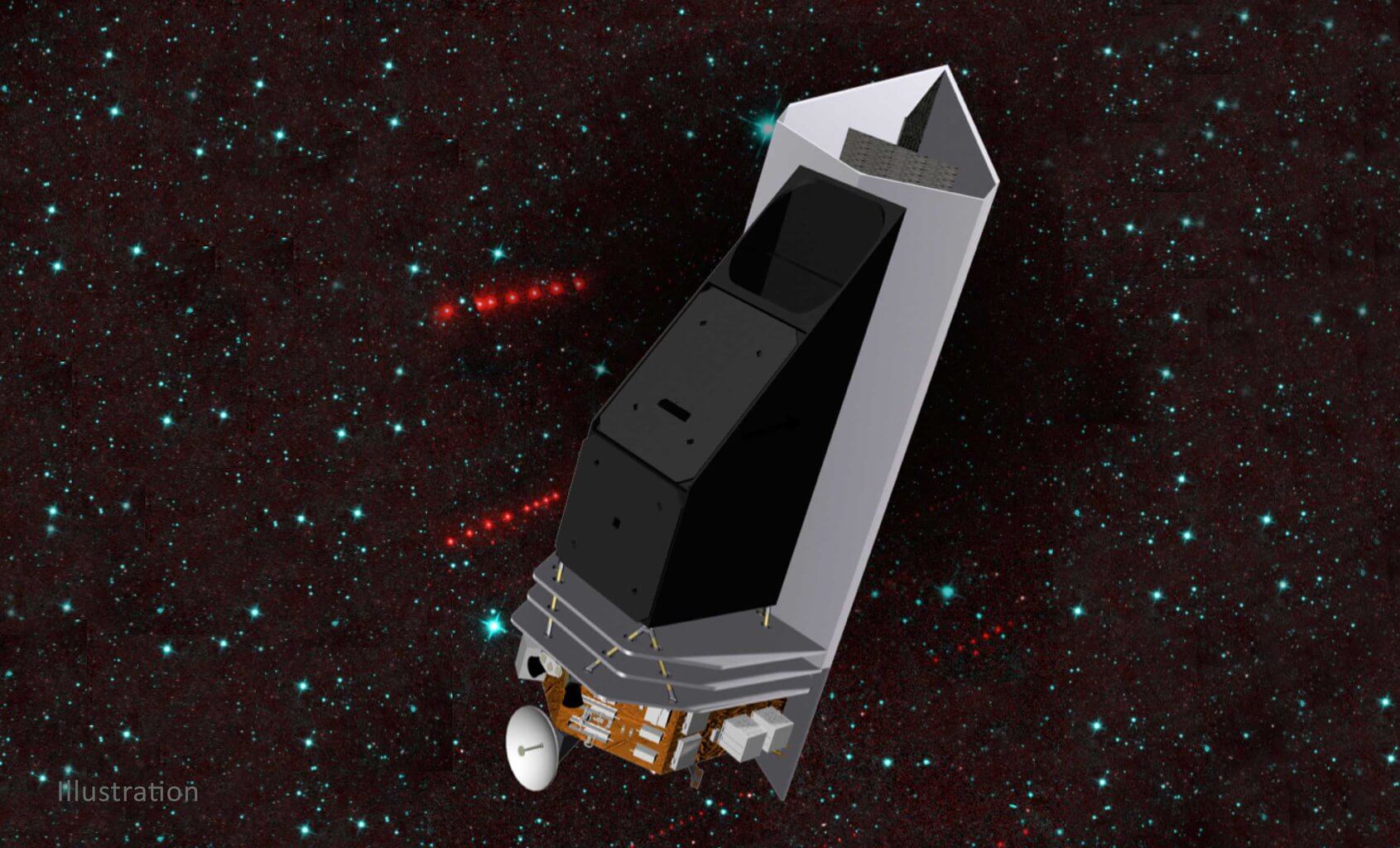The newly discovered 2022 AP7 orbits the Sun every five years, and currently crosses Earth's orbit when Earth is on the other side of the Sun from it. Eventually its motion will synchronize with that of Earth and it will pass much closer in a few hundred years
By Stephen Tingay Full Professor of Radio Astronomy, Curtin University, Australia

Last week it was announced about a new threat to humanity: a "planet killer" asteroid named 2022 AP7.
Fortunately, 2022 AP7 "doesn't pose a threat to the planet as far as is currently known," according to Prof. Scott Shepherd of the Carnegie Institution for Science. He and his international team of colleagues observed a trio of "fairly large" asteroids obscured by the sun's glare (the other two pose no risk).
2022 AP7 orbits the Sun every five years, and currently crosses Earth's orbit when Earth is on the other side of the Sun to it. Eventually its motion will synchronize with that of the Earth and it will pass much closer. This is expected to happen in a few hundred years.
We simply don't know enough about AP7 2022 to accurately predict the danger it might cause hundreds of years from now. At the same time, we suspect that there may be other "planet killers" in space that have yet to be discovered. But how much? And what do we do to find them?
What makes an asteroid deadly?
Asteroid 2022 AP7 is the largest asteroid discovered in eight years, its diameter is estimated between 1.1 km and 2.3 km. It is enough for an asteroid larger than one kilometer in diameter to hit the Earth to cause a mass extinction event.
In addition to being larger than a kilometer in diameter, the asteroid's orbit must cross the Earth's orbit to be considered dangerous. In the case of 2022 AP7, this is indeed the case and luckily we spotted it long enough in advance and will follow it.
It is estimated that we have already discovered about 95% of potentially dangerous asteroids, and that there are less than 1,000 of them. The work of Shepherd and his colleagues emphasizes that hunting the remaining 5% - about 50 asteroids - will require a huge effort.

What constitutes a near miss?
NASA closely monitors all known objects in the solar system. But every now and then an object will be discovered that will catch us off guard.
In 2021 we had a close encounter with an asteroid called UA1 2021. It came within only a few thousand kilometers of Earth, over Antarctica. In cosmic terms, it's frighteningly close. However, 2021 UA1 was only two meters in diameter so it did not pose a significant risk.
There are likely hundreds of millions of objects of this size in our solar system, and it is not uncommon for them to crash into Earth. In these cases, most of the bone burns up in the atmosphere and creates a spectacular light show and the little that remains does not endanger life on Earth too much.
In 2019, another asteroid with a diameter of 100 meters passed the surface of the Earth at a distance of about 70,000 km. It was discovered only a few hours before it passed by. While it wasn't that close, it's an asteroid of much more alarming size.
These near misses reiterate how important it is for us to accelerate our search for near-Earth objects.
dead spots
The reason we still haven't found any object that could one day pass close to Earth is mainly because of observational blind spots, and the fact that we can't observe all parts of the sky all the time.
To find AP7 2022, Shepard and his colleagues used a twilight telescope shortly after sunset. They had to do this because they were looking for asteroids that lie between Venus and Earth. The planet Venus is currently on the other side of the Sun from Earth.
Observations close to the Sun are difficult to make. The sun's glare overwhelms the weak light reflected from small asteroids - and is a blind spot. But just before and after sunset, there is a small window where the sun's glare no longer blocks the view.
Currently, only about 25 asteroids with well-defined orbits are known whose orbit is entirely within the Earth's orbit. More will likely be discovered, and these may contribute significantly to the missing 5% of potentially dangerous asteroids.

About a month ago, NASA's DART (Double Asteroid Redirection Test) spacecraft, which is the size of a refrigerator, crashed into an asteroid called Dimorphus, which is a moon of a 160-meter-diameter dwarf planet called Didymus.
The collision changed Dimorphus' trajectory by more than 30 minutes, and was declared a resounding success. It is therefore likely that humans would try to deflect a dangerous asteroid if discovered.
However, we will have to find it long in advance. Potentially dangerous asteroids are much larger than Morphos, so the spacecraft that collides with them will need to be much more massive.
To this end, NASA plans to conduct a survey to locate potentially dangerous objects using a space telescope. NEO Surveyor, due for launch in 2026, will be able to survey the Solar System very efficiently – including within solar-induced dead zones for terrestrial telescopes.

The reason for this is that the glare we see when observing from Earth is caused by the Earth's atmosphere, something that does not exist in space.
It is very likely that the spacecraft will discover new objects and help us characterize them to improve our understanding of the threats.
The key is to find as many objects as possible, classify them, monitor the risks and plan a rerouting mission towards them as far in advance as possible. That all these elements of planetary defense have become a reality is an amazing feat of science and engineering. This is the first time in human history that we have these capabilities
For an article in The Conversation
More of the topic in Hayadan:
- Thousands of skeletons, tools and jewelry were discovered under road 6* Hellenistic city north of Ashkelon
- The shadow of Phobos on Mars
- Opening a hatch for solar systems
- Amateur astronomers have discovered a planet in a four-sun system
- Daniel Rosenberg from the Orbit Association: We must continue Israeli involvement in space

4 תגובות
that's how it is. Politicians only think about their term, if God forbid someone plans ahead to save humanity in Nino's generations he will not be elected.
How many more hundreds of years???!!! May God have mercy until then wait with the article
Interesting and complete article
Sir, you want to be on Earth, why go round and round?